With small kebabs, a topping of desi ghee or olive oil, garnished with finely sliced ginger and green chillies, hareesa makes the perfect nutritious, flavourful comfort food for winter and summer. To find this out for myself, I headed to the city's most famous Amritsari Hareesa outlet. While the dish is known and loved for its rich flavour, comforting texture, and is enjoyed with nan or rice, the name "Amritsari" refers to the city of Amritsar in India, which was once a major center of trade and culture in the region.
The popular hareesa outlet known as Amritsari Hareesa is located in Guru Nanakpura which is the most famous and largest food market of Gujranwala. When the people of Gujranwala want to eat and enjoy hareesa, they don’t think twice before dashing off to this oldest hareesa outlet in the city. Even people from remote areas come to Guru Nanakpura to enjoy Amritsari Hareesa.
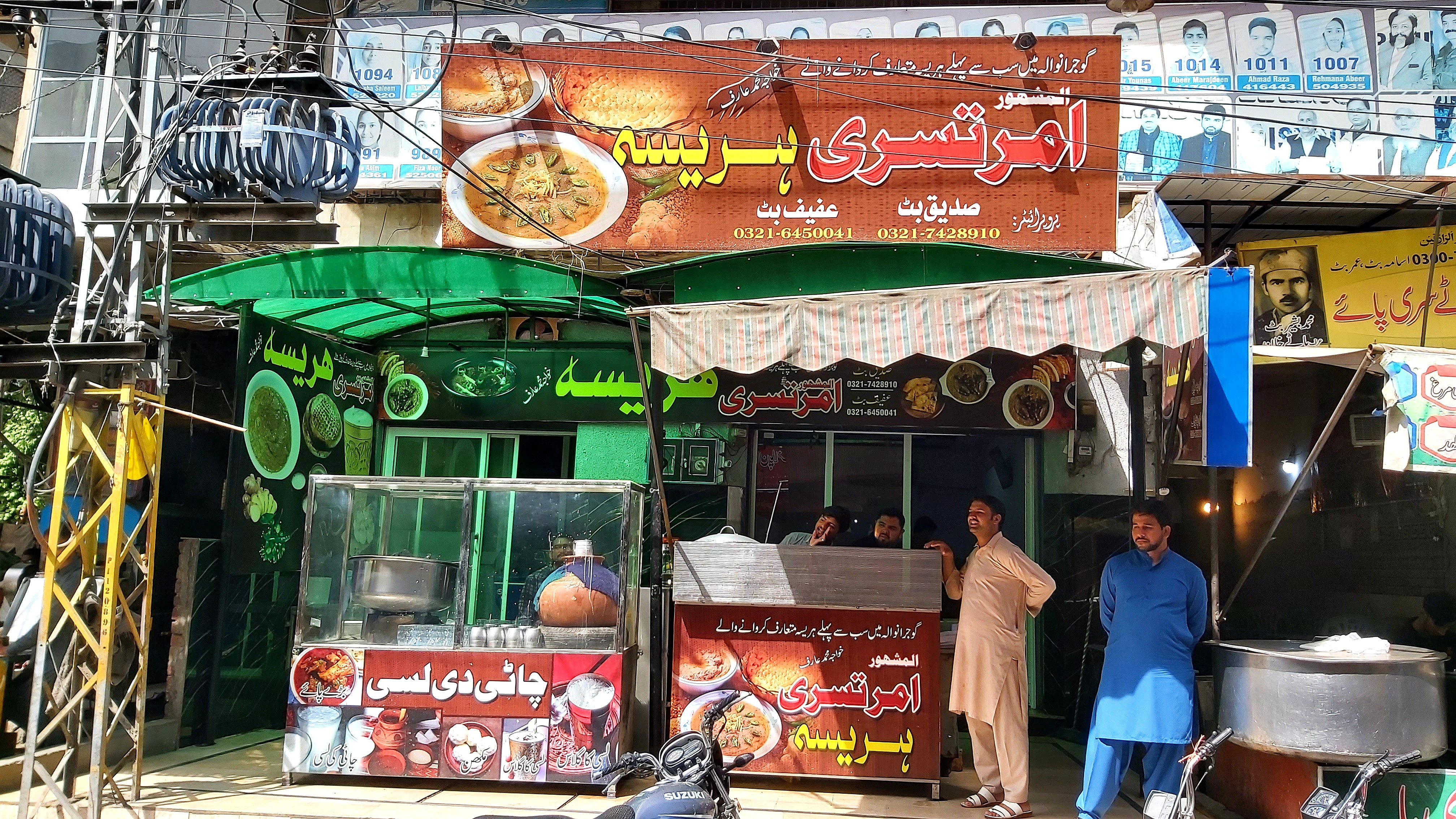
For the past few months, I have been seeing the Amritsari Hareesa outlet doing the rounds on social media, which actually prompted me to finally visit the outlet. Once there, I wondered why I hadn’t done this earlier. There is no doubt that Amritsari Hareesa has successfully attracted many food lovers due to its excellent taste and quality.
Although, many new hareesa outlets have been opened up in other parts of the city, yet people prefer Amritsari Hareesa for their family outings on weekends and on festivals as well for its unique and unbeatable taste.

"I have been running this outlet with my younger brother Siddique Butt for years," shares Afif Butt, the owner. "We are the first to have introduced Amritsari Hareesa in the city of Gujranwala. Apart from this place, we have no other branch in the city. Our outlet registered in Karachi as Amritsari Hareesa, and it provides security to our business."
Talking about customer service, Afif says that taking care of customers has always been our priority. “We have always tried to maintain the pure taste and quality of our hareesa right from its inception. This is the only reason it has gained fame and popularity across the region. Our prices are also easily affordable for everyone," he adds.
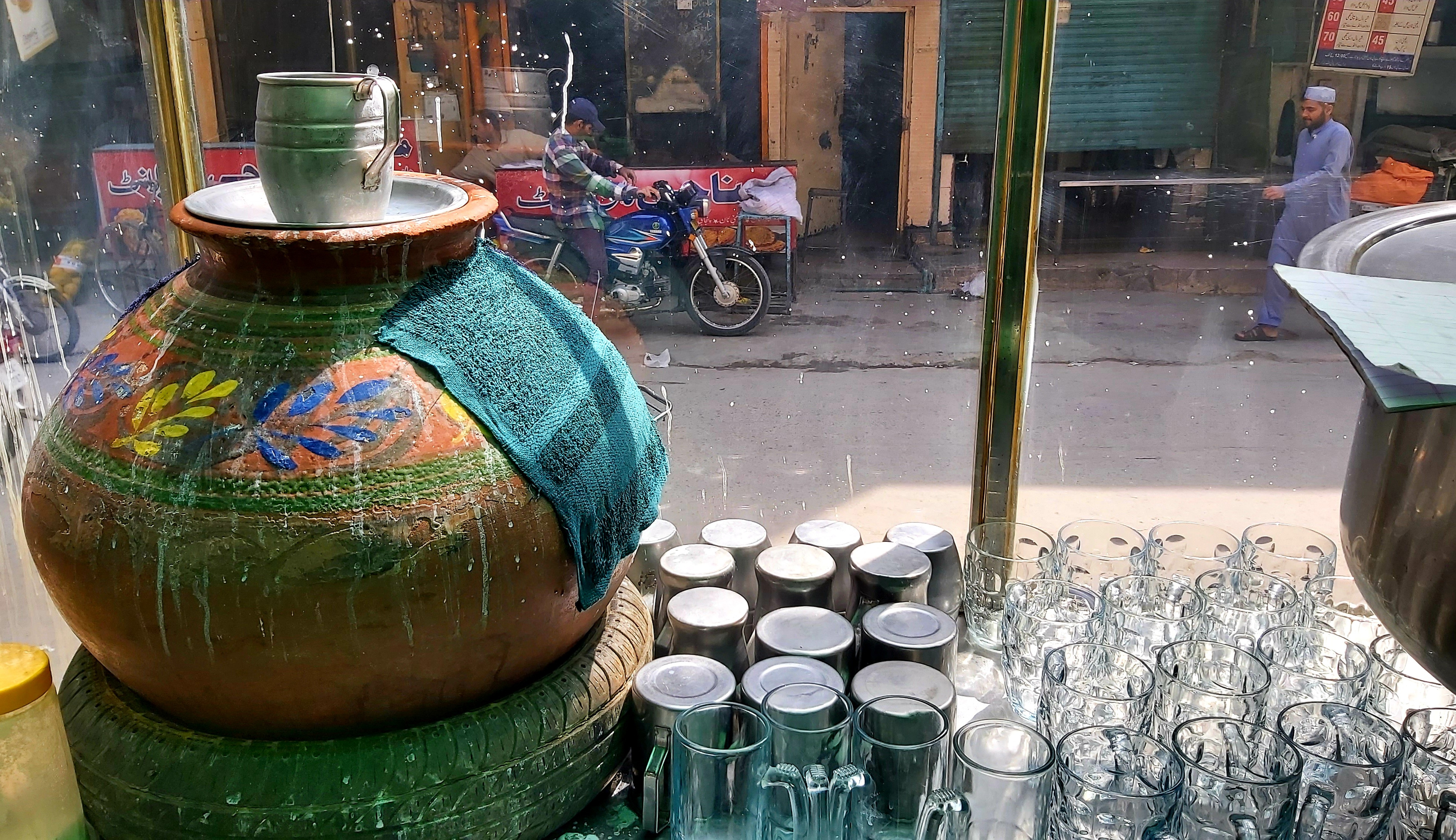
The legacy
Before partition, Afif’s grandfather Khawaja Ghulam Nabi lived in Amritsar, India, where he used to sell hareesa. “However, he could not continue selling hareesa after he migrated to Pakistan,” shares Butt. “After a few years in Pakistan, he passed away.”
To reinvigorate the hareesa legacy once relinquished by Ghulam Nabi in Amritsar, his son Khawaja Arif opened a hareesa shop by the name of Amritsari Hareesa in 1980, near the famous Yousuf Jalebiyanwala in Guru Nanakpura.
“My father introduced Amritsari Hareesa to Gujranwala,” says Afif. “He ran the outlet in Guru Nanakpura for 15 years and his hareesa became popular across the Gujranwala region."
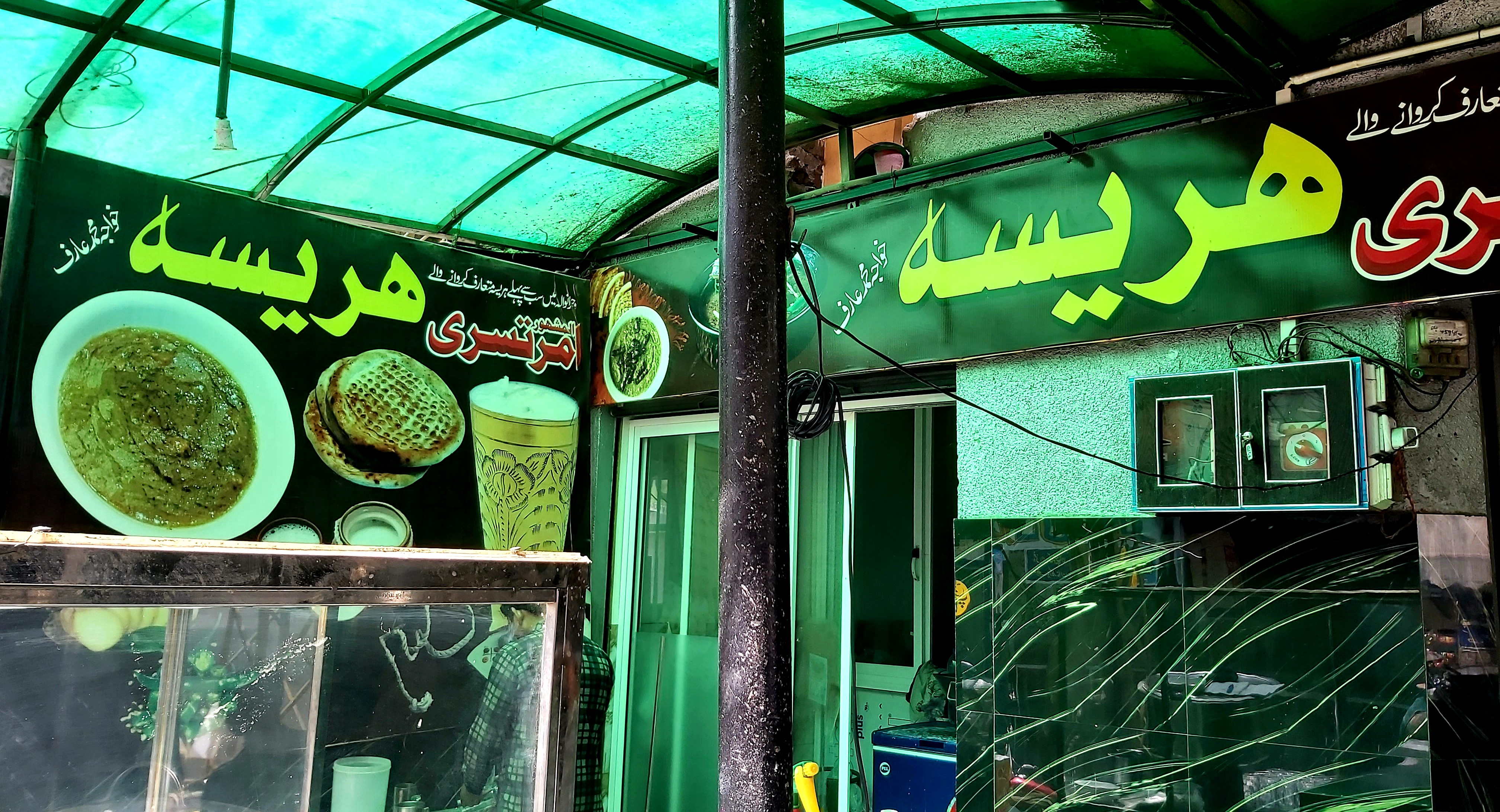
In 1995, Khawaja Arif moved his outlet to Main Grand Trunk Road, near Iqbal High School, where he continued his hareesa business for the next five years. Here too, he successfully acquired a number of new and regular customers. In 2001, he shifted the outlet again to Satellite Town Market in near Ice Tech and sold hareesa there for six years.
"Over the years as Guru Nanakpura Market developed into a popular food market in Gujranwala, in 2006, my father decided to shift the business back to the first location in this market near Munna Ki Nan shop,” recounts Afif. “From then on, my brother Siddique and I took over the business and let our father relax after his many years of hard work.”
At this new location which was actually the birthplace of Amritsari Hareesa, Afif and Siddique rented out two big shops. They worked hard relentlessly for 12 years, making profits and a name. “A few years later, we bought out the two shops,” explains Afif. “Lots of families visit come from far off towns, villages and cities including Lahore, Sialkot, Gujarat, Jhelum, Sheikhupura, Nowshera Wirkan and Kamoki to enjoy our mouth-watering hareesa. For the past couple of years, we have also added lassi to our menu as hareesa is washed down well with naan and lassi."
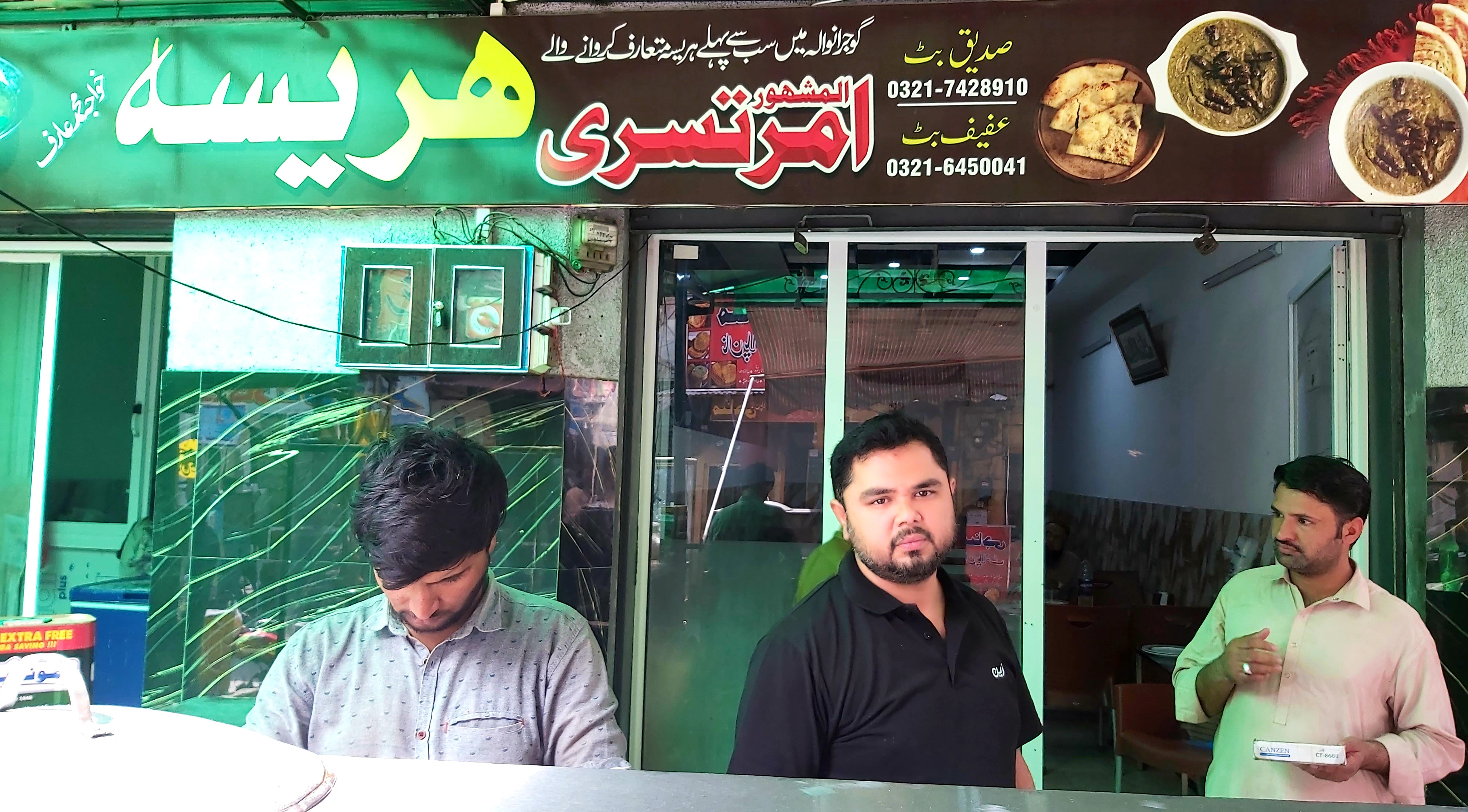
The clientele
Arham has arrived from city Sialkot to buy Amritsari Hareesa for some special guests visiting from Rawalpindi. “We want to offer them something special,” he says.
Three friends, Sajid Ali, Adnan Manjh and Muhammad Ahad who were digging into hareesa told me that they had especially come from Qila Deedar Singh to eat Amritsari Hareesa. "I have become addicted to eating hareesa from this shop and I have to come here thrice a month to satiate my craving,” says Sajid. " I first came to this Hareesa shop almost three years ago with my friend Sajid,” adds Adnan. “The taste and quality is so good that you once you have had it, you will return for it again and again.”
Muhammad Ahad says, "My friends have brought me here for the first time,” says Muhammed Ahad. “I love the purity and taste of this special dish."
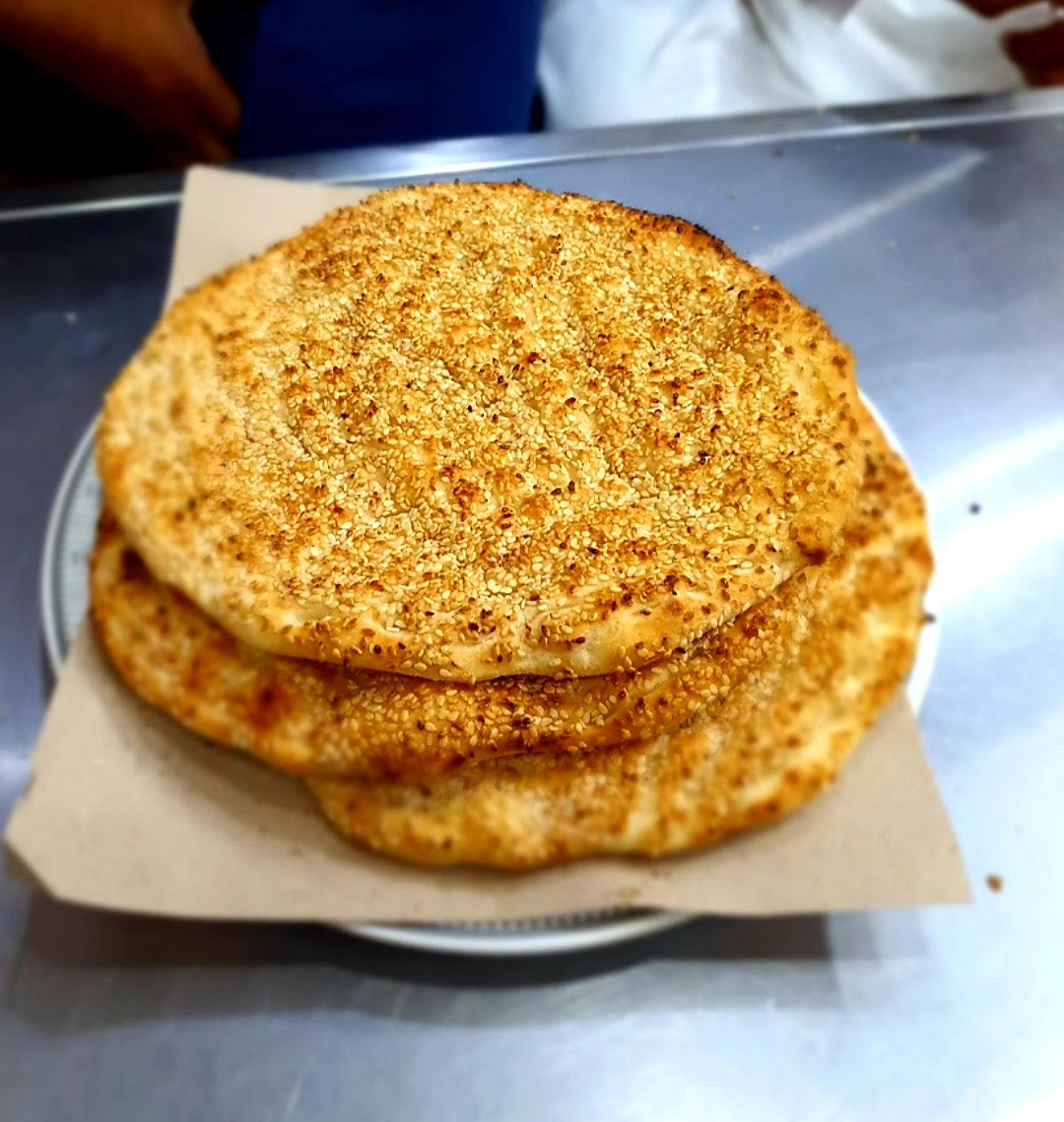
Afif points out that several new hareesa outlets that have mushroomed in the market, are being run or owned by disciples of his father, who taught them how to make hareesa. “We have no competition with them,” he says. “We do not compromise on the quality which keeps our new and old customers connected to us. During festivals and especially during Ramadan, we have a crowd of customers and it becomes difficult for us to handle them all at the same time. With the arrival of winter and the drop in temperature, our shop sees a rush of customers. This year with temperatures staying low up until April in Punjab, people enjoyed hareesa even for breakfast. In summer, the demand is a bit less.”
"Many of our customers have been loyal to our product for about thirty years,” says Afif. “They have come to us since my father’s time.”
"I have been coming to Amritsari Hareesa for last 12 years,” says Abdullah, an elderly man from Guru Nanakpura. “I don’t eat hareesa from anywhere else because the taste here is original and ingredients used are pure. It I nutritious and restores energy.”
“We have been buying hareesa from here since Khawaja Arif opened the shop,” says Asghar, an elderly man who lives nearby. "It is a regular part of my diet.”
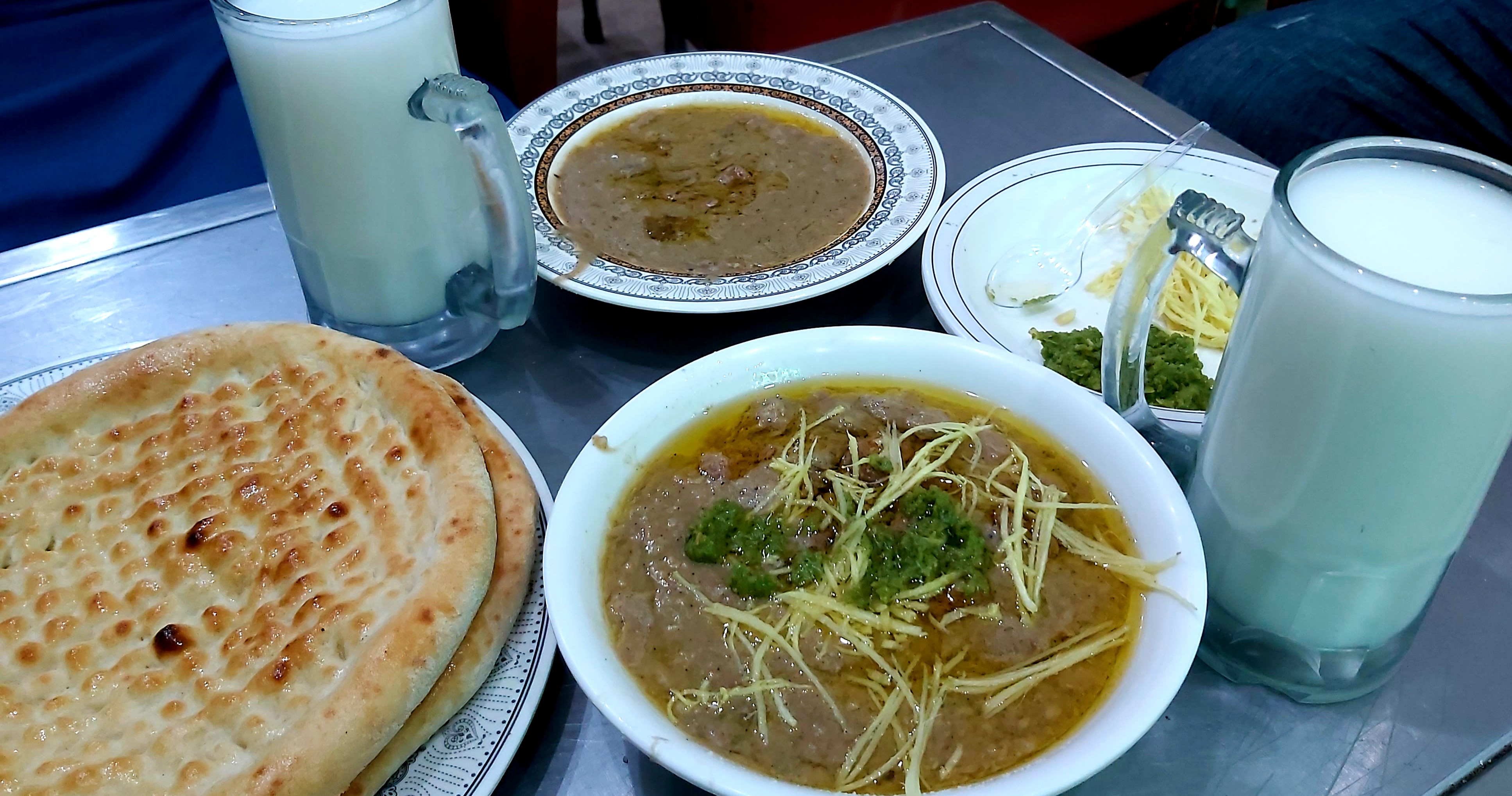
Take away
To meet the rising demand of their product from outside of the city, the Butt brothers have also launched tin packs of hareesa with a year’s expiry which can be delivered across Pakistan. “We have also delivered out of the country for some enthusiasts,” reveals Afif.
They also receive bulk orders for hareesa for weddings and mehndi functions. "Several times the military authorities in Islamabad asked us to live cook hareesa on the venue for their programmes,” he shares. “But we have not been able to do that as yet because it disturbs business at the outlet.”
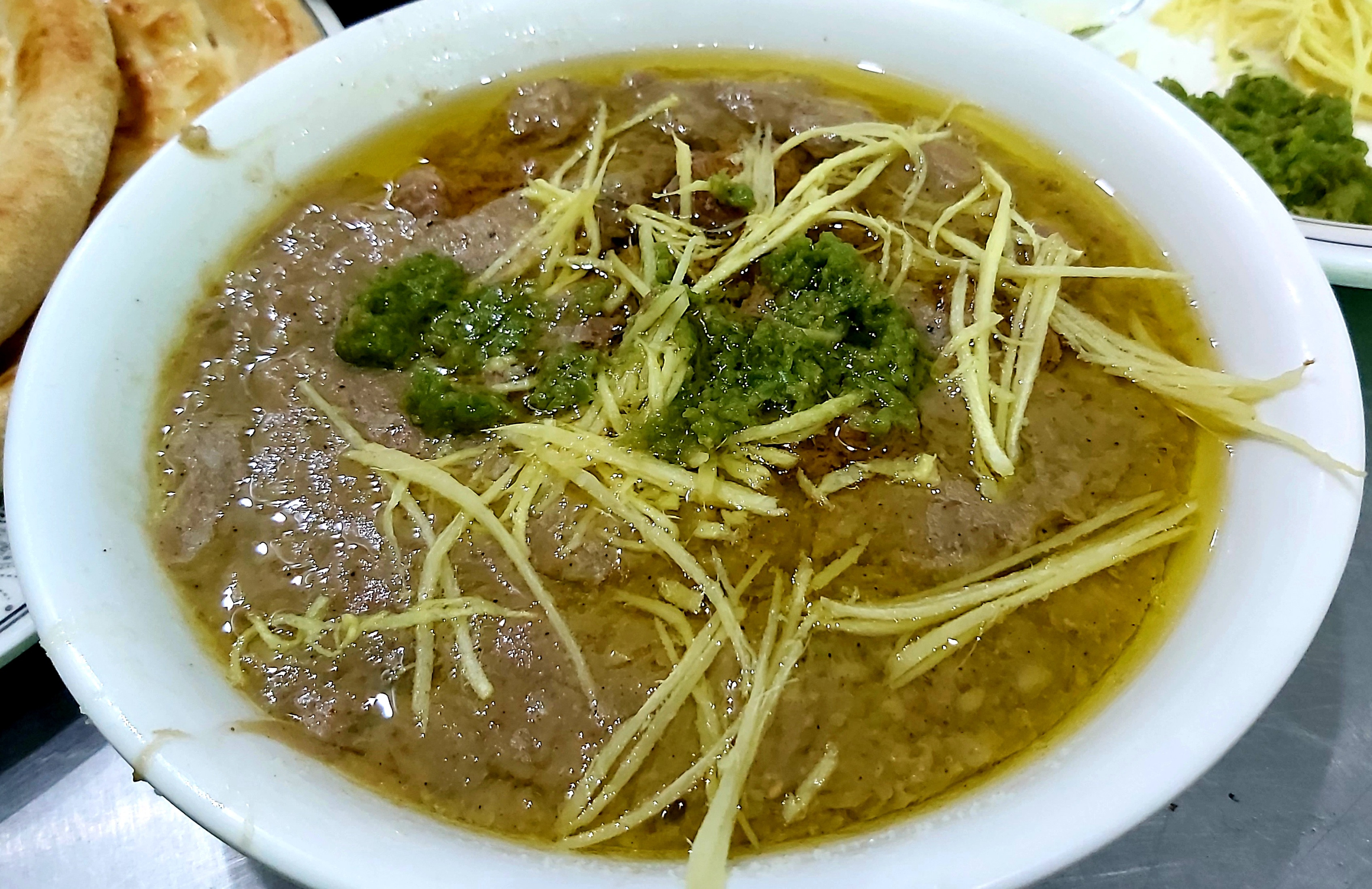
A part of history and culture
Currently, they have 10 workers at their outlet and most of them are from Kashmir.”
“Many people mistake it or compare it with haleem but this is an Arabian dish that dates back to Prophet Muhammad's (PBUH) time and has gained popularity ever since,” says Afif. “Historians also believe that hareesa was first introduced in Kashmir during the 14th century and it is associated with the history and culture of Kashmir and Sirinagar remains the centre of hareesa for over two centuries.
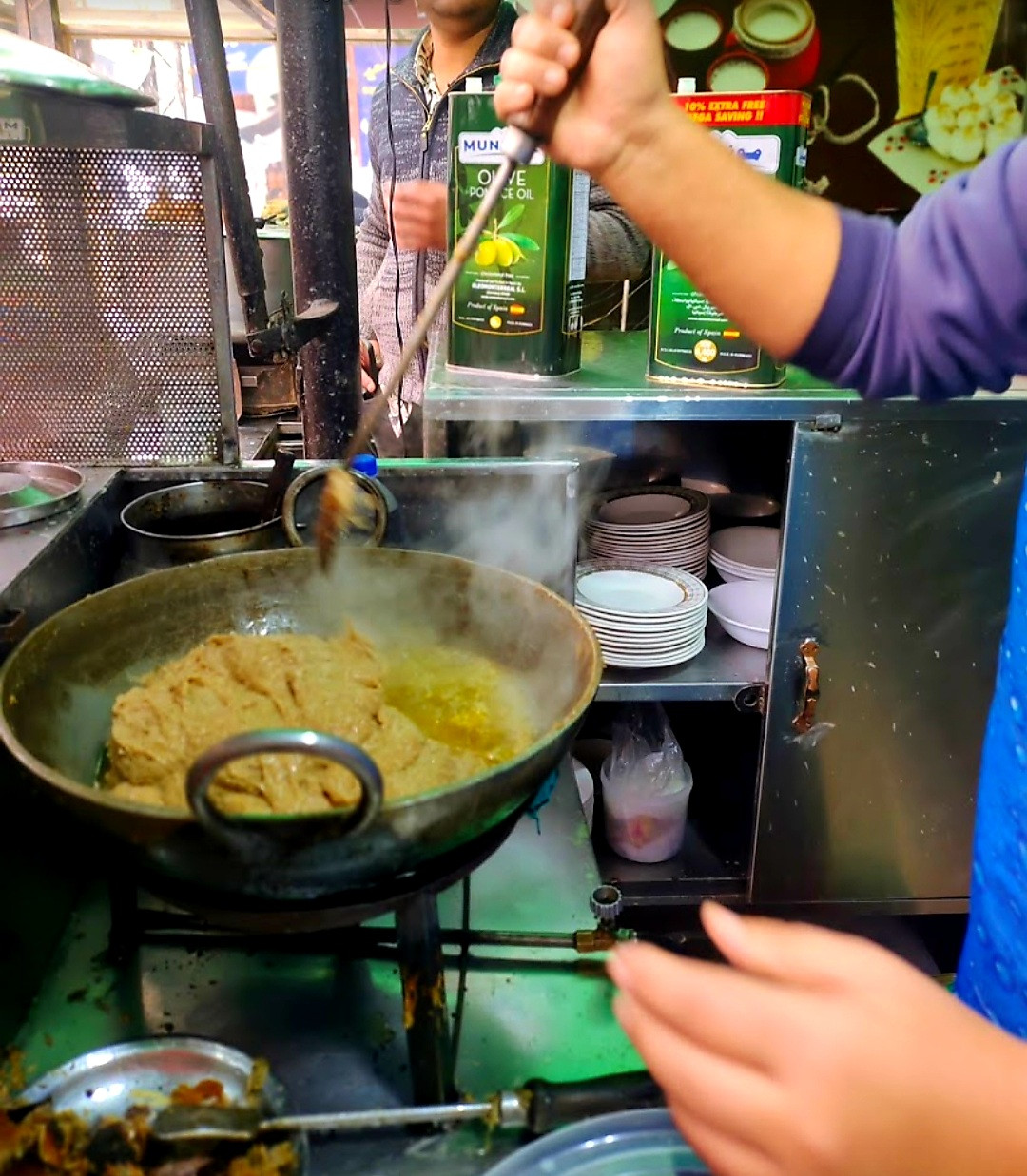
The product
"Hareesa is made with rice, dal chana, dal moong, dal maash, dal masoor, wheat home-made porridge, black pepper, olive oil, desi ghee and various other spices in mutton or desi chicken or beef,” explains Siddique. “The meat is separated from the bones and cooked in a big pot, mostly on the wood fire for almost the entire night.”
"Being nutritious and healthy, people enjoy it in all kinds of weather,” adds Afif. “The best part is that it is not heavy and you will feel satiated not sluggish throughout the day if you eat it for breakfast."
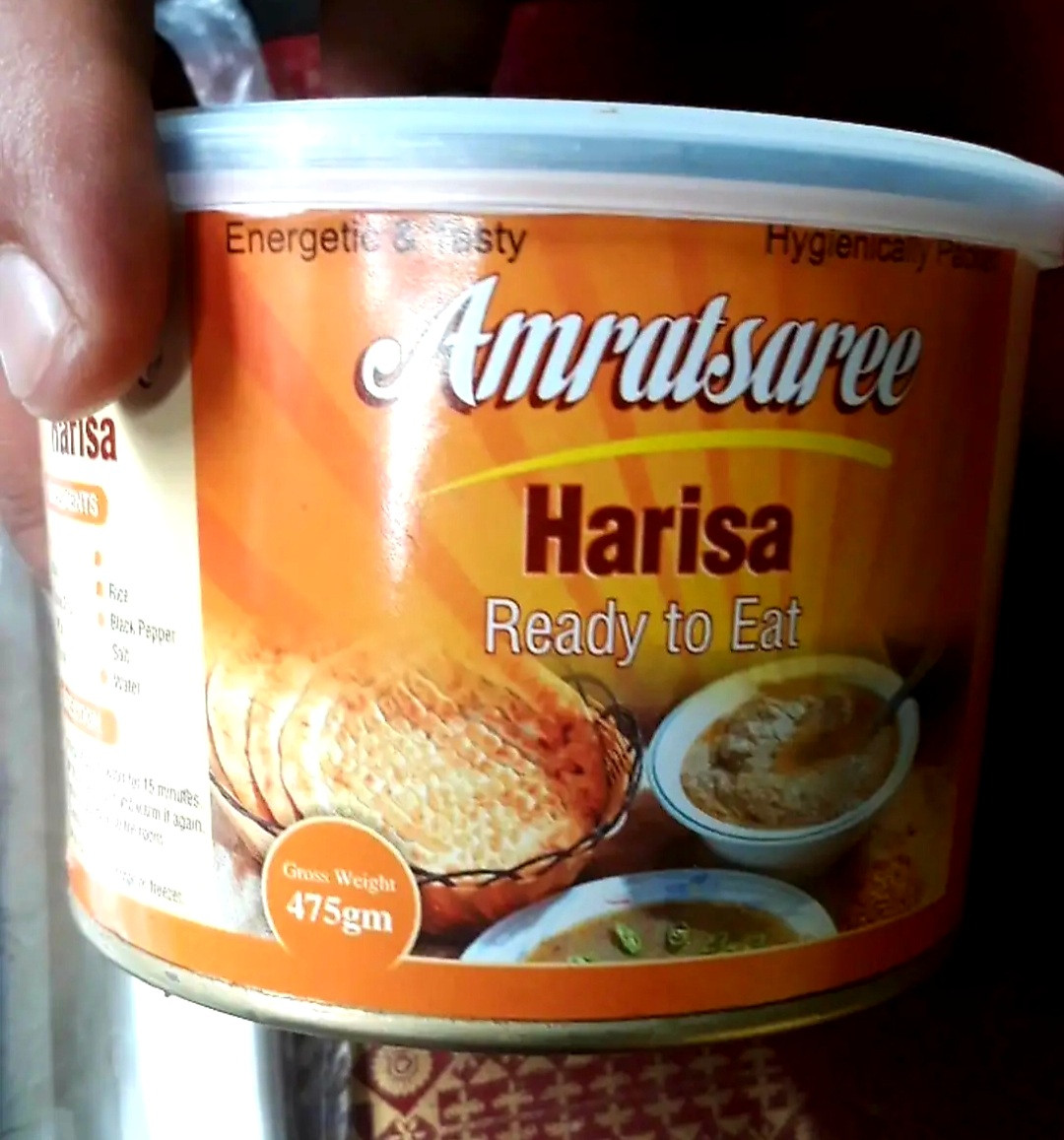
The preparation of hareesa is labour intensive. Mixing pulses, meat and other spices and cooking it over high heat for at least eight hours requires a lot of hard work. "Two degs [cauldrons] or four maunds (37 kg) of hareesa, is cooked every night which is sold out the very next day,” says Siddique. “It is a legacy that has been passed down from my grandfather to us."
He laments that the majority of the younger generation prefer unhealthy fast food to our local cuisine which is nutritious and delicious at the same time.”
Even though their family line traces back to Amritsar, the brothers have never visited their ancestral home in Indian Punjab. “I knew that my grandfather had a brother in Amritsar but we don’t know if he is even alive. After my grandfather passed away, we lost touch with him."
Waseem Shabbir Arain is a freelance journalist based in Gujranwala. He can be reached at waseemshabbir78@gmail.com
All facts and information are the sole responsibility of the writer
